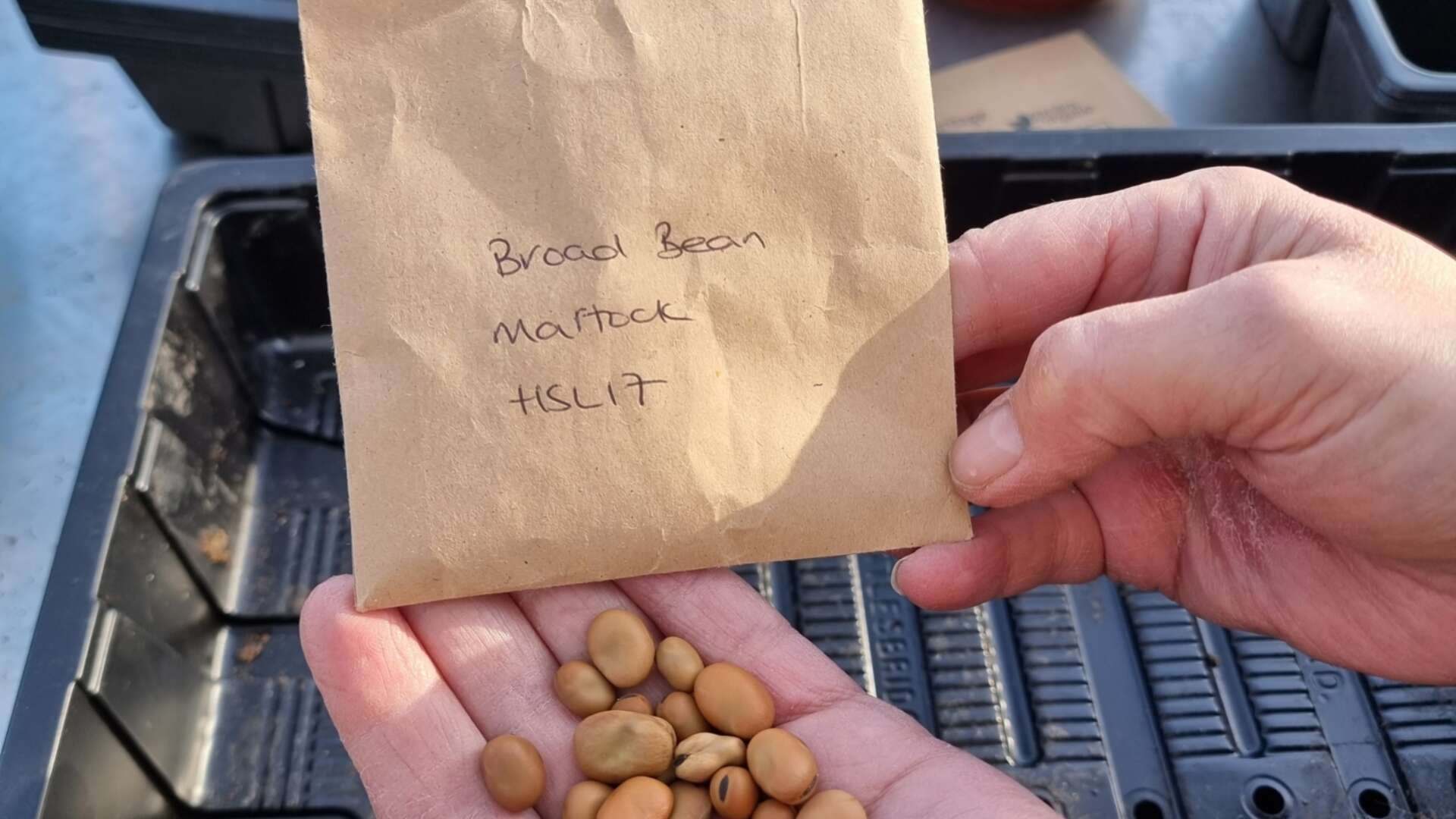Seed saving
The difference between open pollinated seeds and F1 hybrids

Open pollinated seeds
These seeds will grow a variety that will breed ‘true to type’ from one generation to the next. The seeds produced will carry their parents’ genetic material and plants grown from them will bear their characteristics.
Pollination can occur by vectors such as insect, wind or by hand. However, sometimes ‘cross pollination’ occurs. This is when pollen is transferred from one variety to another – from bees, for instance, visiting many different blooms. This can cause quite significant variations from the parent plant, particularly in brassicas or squashes. Peas and French beans generally do not cross-pollinate.
It is worth noting that open pollinated varieties are inherently genetically variable, each plant being slightly different from every other plant, even if isolated from the pollen of another variety. This subtle variation enables adaptation. It allows the plant to respond to different growing conditions, and provides an all-important genetic diversity.
F1 hybrid seeds
This is a variety deliberately created by crossing two different parent varieties. By combining their genetic material, the breeder creates a seed which inherits particular characteristics from the parent plants. This could be disease resistance, for instance, or exceptional taste, size or colour.
Pollination is done under strictly controlled conditions.
F1 hybrid seeds often show vigour in growth. However, the seeds saved from F1 hybrid plants will not produce a plant with the same characteristics of the parent. The whole breeding process has to be done annually.